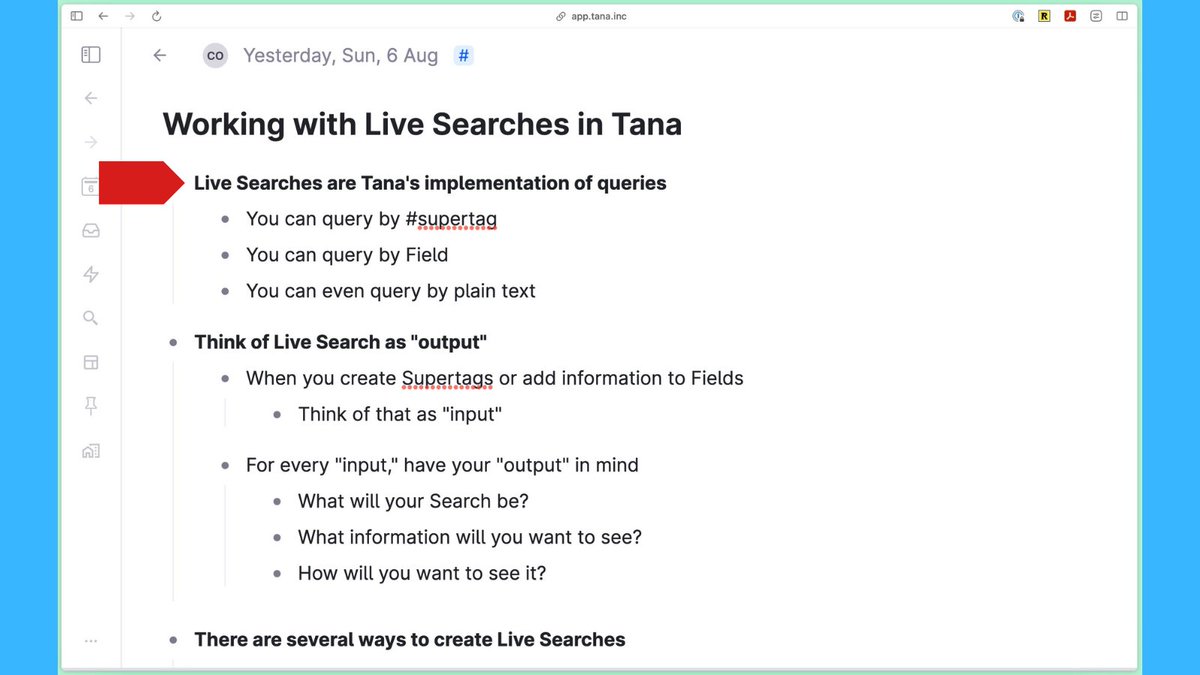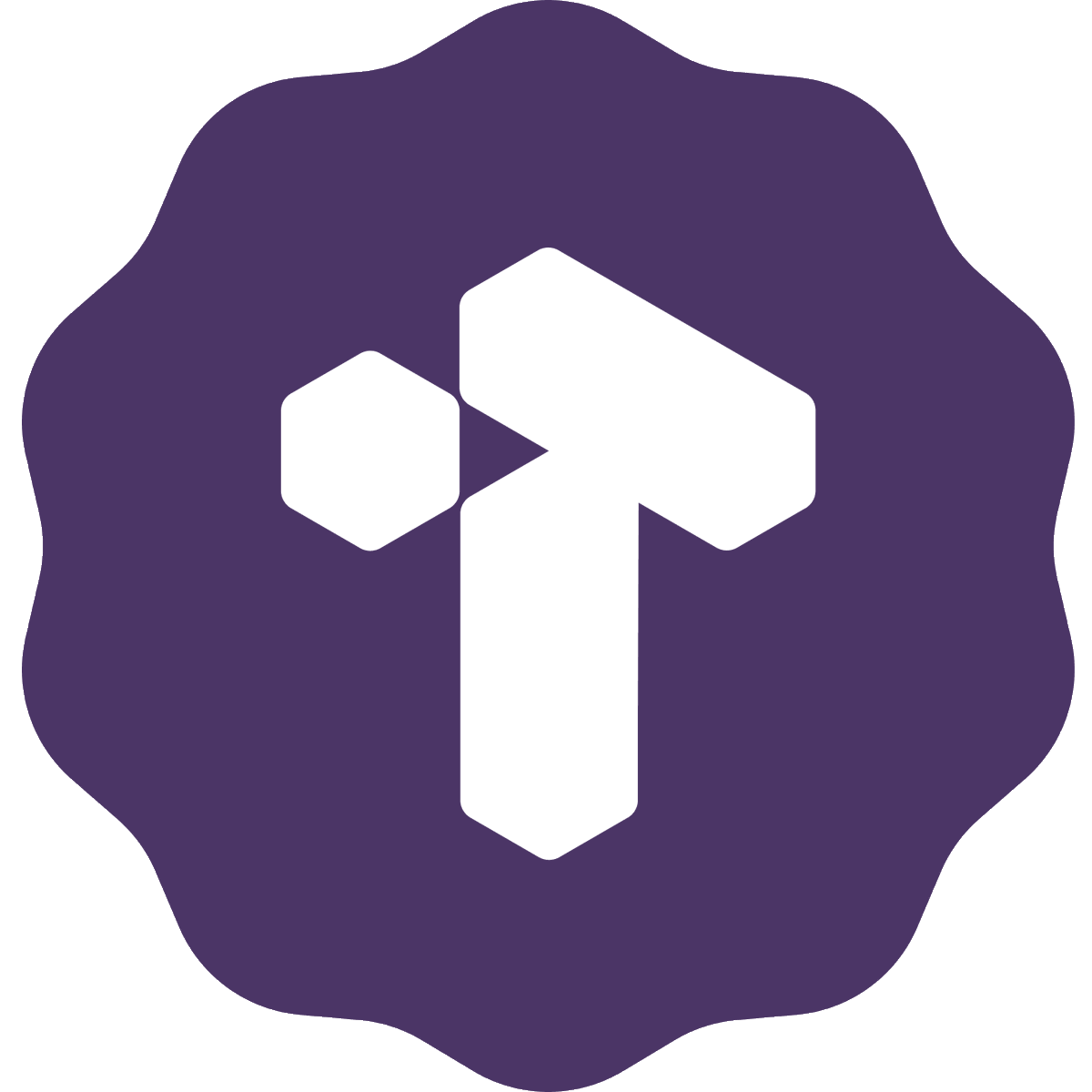At its core, #productivity boils down to 3 questions:
1. What do I want to do?
2. What am I doing?
3. What did I do?
If you can answer them effectively, you can do important, fulfilling, meaningful work.
But how? Let's explore.
👇🧵
1/
#roam #Roamans @RoamResearch #GTD
1. What do I want to do?
2. What am I doing?
3. What did I do?
If you can answer them effectively, you can do important, fulfilling, meaningful work.
But how? Let's explore.
👇🧵
1/
#roam #Roamans @RoamResearch #GTD
The three questions imply three types of action: Prepare, Do, and Review.
Preparation encompasses your big picture—Purpose & Priorities—as well as the Processes & Patterns that implement & support your vision—think Projects, daily Plans, and recurring routines and habits.
2/
Preparation encompasses your big picture—Purpose & Priorities—as well as the Processes & Patterns that implement & support your vision—think Projects, daily Plans, and recurring routines and habits.
2/
When you Do something, that's the moment of truth. You might do something you specifically prepared, or your intuition may lead you to do something else. But moment to moment, you can do only one thing at a time. (And that's critical to remember!)
3/
3/
Reviewing allows you to compare what you had prepared to what you actually did, learn from that, and incorporate what you learn into future preparation. It also helps make sure that nothing you prepared—but didn't do—has slipped through the cracks.
4/
4/
The 3 questions taken together highlight an important point: fundamentally, productivity is communication with your past & future selves.
Preparation guides your future self, "doing" tracks your present self, and review analyzes your past self.
5/
Preparation guides your future self, "doing" tracks your present self, and review analyzes your past self.
https://twitter.com/rjnestor/status/1393230787135381506?s=20
5/
Prepare:
1. I discover and develop my big picture using writing prompts that I revisit at regular intervals
2. I build, track, and complete projects—and make daily plans—with a #GTD -style workflow
3. I use templates and Roam42 SmartBlocks for patterns—routines & habits
7/
1. I discover and develop my big picture using writing prompts that I revisit at regular intervals
2. I build, track, and complete projects—and make daily plans—with a #GTD -style workflow
3. I use templates and Roam42 SmartBlocks for patterns—routines & habits
7/
Do:
1. I keep a log of what I do
I built this very thread nested under [[Log]] on my [[June 4th, 2021]] page, starting at 06:31 and ending whenever I click my SmartBlock button to note the end time.
Roam makes tracking as I work simple and frictionless.
8/
1. I keep a log of what I do
I built this very thread nested under [[Log]] on my [[June 4th, 2021]] page, starting at 06:31 and ending whenever I click my SmartBlock button to note the end time.
Roam makes tracking as I work simple and frictionless.
8/
Review:
1. At regular intervals, I analyze what I prepared and what I did
2. Using templates, I spread out my review process rather than force it into one weekly review
Because Roam is organized by date and you can filter by [[references]], reviewing is easy (& magical!)
9/
1. At regular intervals, I analyze what I prepared and what I did
2. Using templates, I spread out my review process rather than force it into one weekly review
Because Roam is organized by date and you can filter by [[references]], reviewing is easy (& magical!)
9/
That's how *I* accomplish important, fulfilling work.
To learn what works for YOU, take my AP Productivity course.
Sign up for an email reminder when I open registration in a few days: rjn.st/ap-productivit…
This is how the course works: 👇
10/
To learn what works for YOU, take my AP Productivity course.
Sign up for an email reminder when I open registration in a few days: rjn.st/ap-productivit…
This is how the course works: 👇
10/
AP Productivity transforms your work.
⛔ Busy without accomplishing anything
⬇
✅ In control and fulfilled
⛔ Trapped by lack of time
⬇
✅ Time for what's important to you
⛔ Overwhelmed by the "urgent"
⬇
✅ Immersed in what's meaningful
11/
⛔ Busy without accomplishing anything
⬇
✅ In control and fulfilled
⛔ Trapped by lack of time
⬇
✅ Time for what's important to you
⛔ Overwhelmed by the "urgent"
⬇
✅ Immersed in what's meaningful
11/
AP Productivity logistics:
1. 8-week live cohort course, starting in July
2. Weekly group coaching sessions
3. Twice weekly Zoom office hours
4. Cohort community for discussion
5. Video content + Roam-specific tools
6. Two short 1-on-1 calls: 1 each at the beginning & end
12/
1. 8-week live cohort course, starting in July
2. Weekly group coaching sessions
3. Twice weekly Zoom office hours
4. Cohort community for discussion
5. Video content + Roam-specific tools
6. Two short 1-on-1 calls: 1 each at the beginning & end
12/
This is my first AP Productivity cohort, which means:
1. I am capping the enrollment at 30. I want to spend meaningful time with each of you and not overwhelm MYSELF
2. The cost will be only $250 for the WHOLE EIGHT WEEKS. That will go up for future cohorts
13/
1. I am capping the enrollment at 30. I want to spend meaningful time with each of you and not overwhelm MYSELF
2. The cost will be only $250 for the WHOLE EIGHT WEEKS. That will go up for future cohorts
13/
If AP Productivity sounds like a course that could transform YOUR work from unfulfilling to meaningful,
Sign up for an email reminder when I open registration: rjn.st/ap-productivit…
I want to help you do what's important to YOU.
14/
Sign up for an email reminder when I open registration: rjn.st/ap-productivit…
I want to help you do what's important to YOU.
14/
(Oh, and since people ask 😊)
"AP" has 2 meanings.
1. Where I'm from, "AP" classes are "Advanced Placement"—i.e., higher level. So "AP Productivity" is high-level productivity.
2. Most everything in the framework starts with "a P": Purpose, Priorities, Projects, Patterns, etc.
"AP" has 2 meanings.
1. Where I'm from, "AP" classes are "Advanced Placement"—i.e., higher level. So "AP Productivity" is high-level productivity.
2. Most everything in the framework starts with "a P": Purpose, Priorities, Projects, Patterns, etc.
• • •
Missing some Tweet in this thread? You can try to
force a refresh













